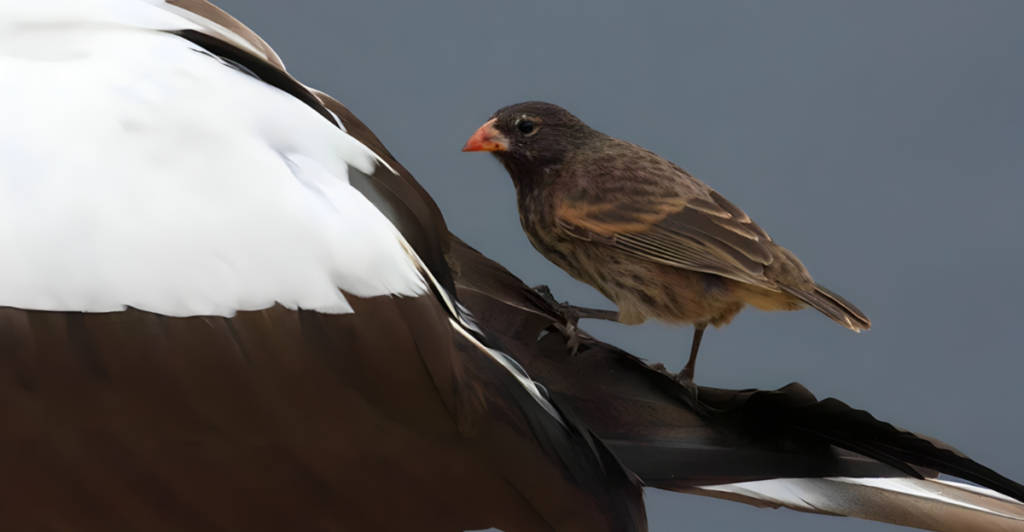
When we think of vampires, we think of Dracula, Vampire Diaries, etc. However, the vampire myth goes beyond folklore and has made its mark in the natural world. Countless creatures across the animal kingdom have developed unique ways to feed on blood, ranging from stealthy predators to specialized parasites.
1. Vampire Bat
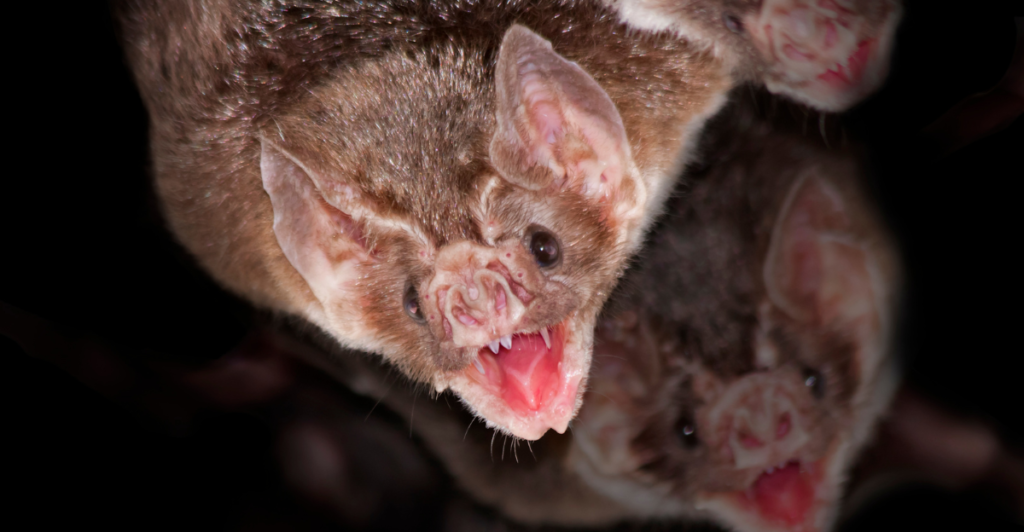
Unlike mythical vampires, this real-life bloodsucker doesn’t rely on fangs to pierce its prey—instead, it uses razor-sharp teeth to make a small incision, then laps up the blood with its grooved tongue. Vampire bats primarily feed on livestock, using heat sensors in their noses to locate veins close to the surface. Their saliva contains anticoagulants, allowing the blood to flow freely as they feed.
2. Tick
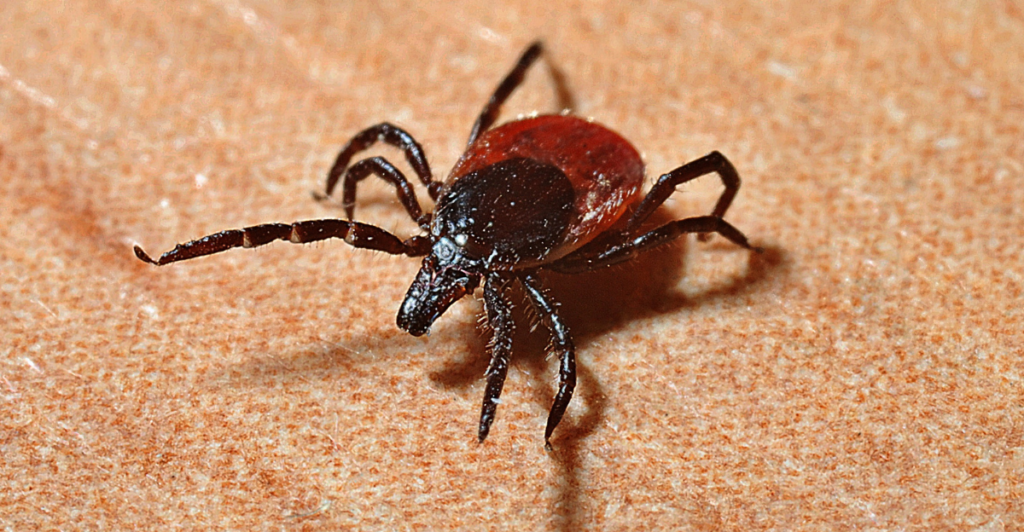
These arachnids thrive in warm, humid environments and can be found in forests, grasslands, and backyards. Ticks embed themselves into the skin, secreting an anesthetic that numbs the area while they feed. Some species can swell up to several times their original size as they gorge on their host’s blood.
3. Lamprey
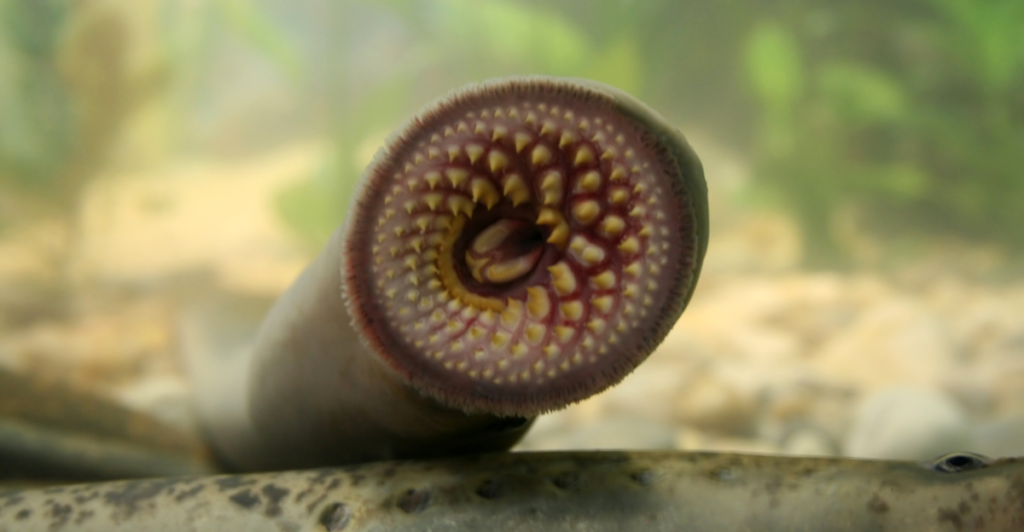
With its circular, jawless mouth lined with rows of razor-sharp teeth, the lamprey looks like a creature from a horror movie. This ancient, eel-like parasite latches onto fish with its suction-cup mouth, using its teeth and a rough, sandpaper-like tongue to rasp away flesh and feed on its host’s blood and bodily fluids. Unlike other blood-feeding creatures, lampreys don’t just take a quick meal—They can remain attached to their host for weeks, slowly draining it of nutrients and sometimes leading to the host’s death.
4. Leech
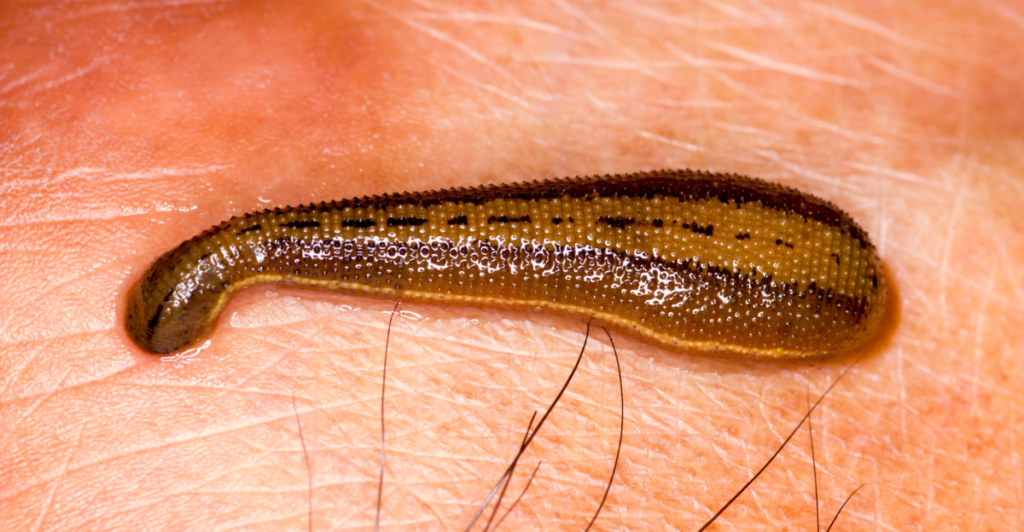
Leeches are some of the most notorious bloodsuckers in the animal kingdom. They have tiny, razor-sharp teeth that slice into the skin and secrete an anticoagulant to keep the blood flowing freely as they feed. Unlike some parasites that drain their hosts over time, leeches typically take their fill and drop off, often leaving little more than an itchy reminder of their visit.
5. Vampire Finch
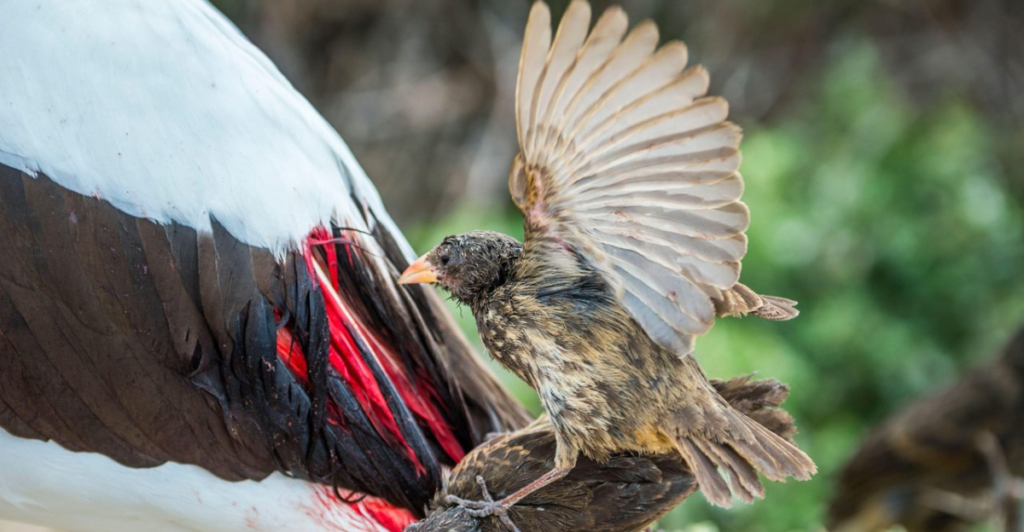
On the remote Galápagos Islands, a tiny bird has developed a gruesome feeding habit. Unlike its seed-eating relatives, this sharp-beaked finch has adapted to survive on a diet that occasionally includes blood. It targets larger seabirds, like boobies, pecking at their skin until blood seeps out, which it then drinks. Surprisingly, the host birds rarely resist, possibly because the finches remove parasites from their feathers.
6. Kissing Bug
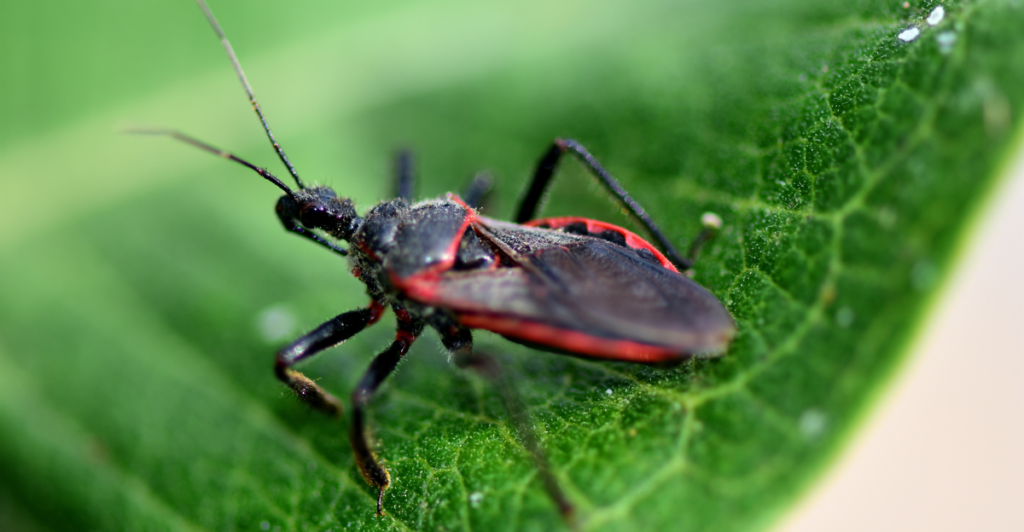
While they might seem all sweet and innocent, kissing bugs are some of the most sinister bloodsuckers in the insect world. These nocturnal parasites, found mainly in the Americas, creep up on sleeping victims and bite near the mouth or eyes, painlessly drawing blood with their needle-like mouthparts. Their saliva contains an anaesthetic, ensuring their feeding goes unnoticed.
7. Hood Mockingbird
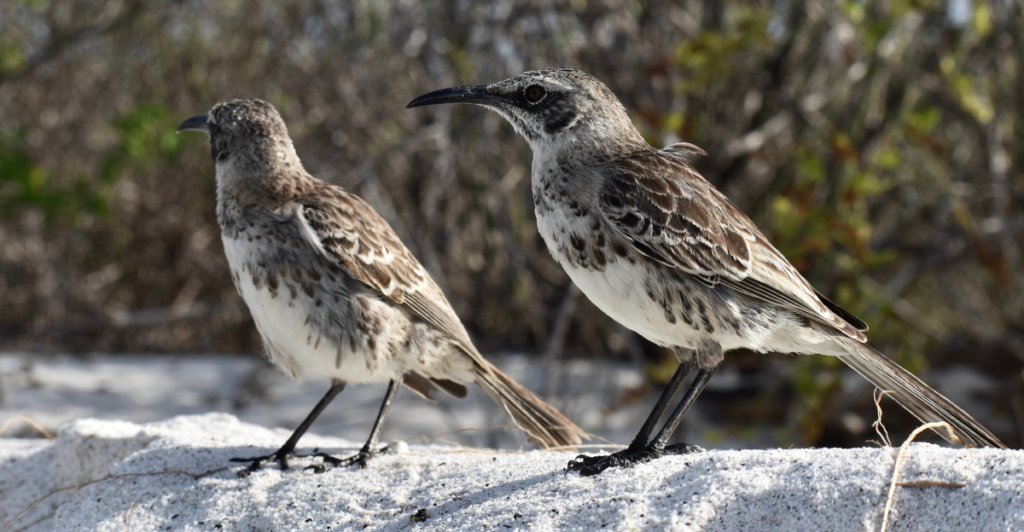
This bird primarily feeds on insects and fruit but has been observed pecking at the wounds of larger animals, including seabirds and even sleeping sea lions, to drink their blood. Scientists believe this behavior evolved due to the island’s harsh conditions, where fresh water is scarce and alternative food sources are limited.
8. Bedbug
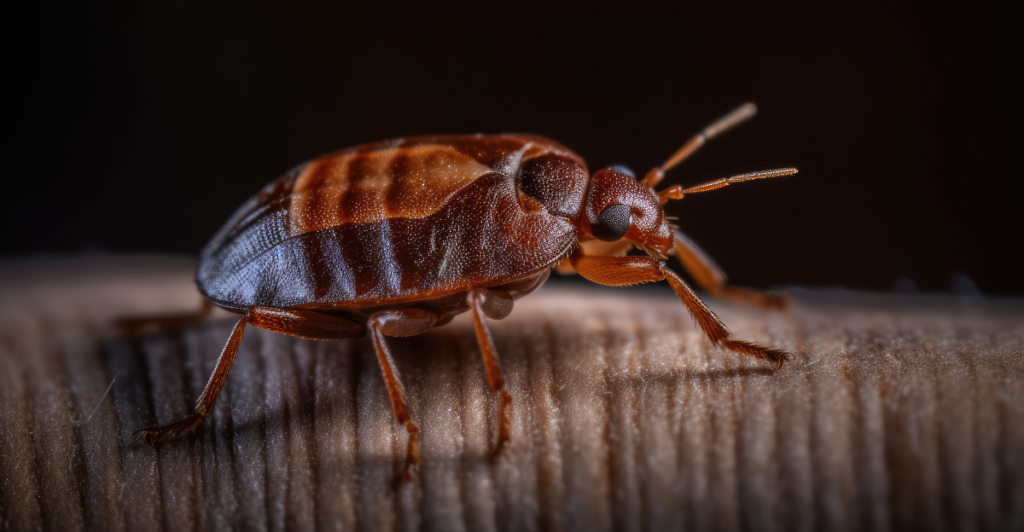
These tiny, flat parasites feed exclusively on blood, emerging at night to bite unsuspecting humans and animals. Their needle-like mouthparts pierce the skin, injecting an anesthetic to ensure their meal goes unnoticed. Unlike ticks or fleas, bedbugs don’t latch on permanently—they feed quickly and retreat to their hiding spots, often in cracks and crevices.
9. Cooper’s Nutmeg
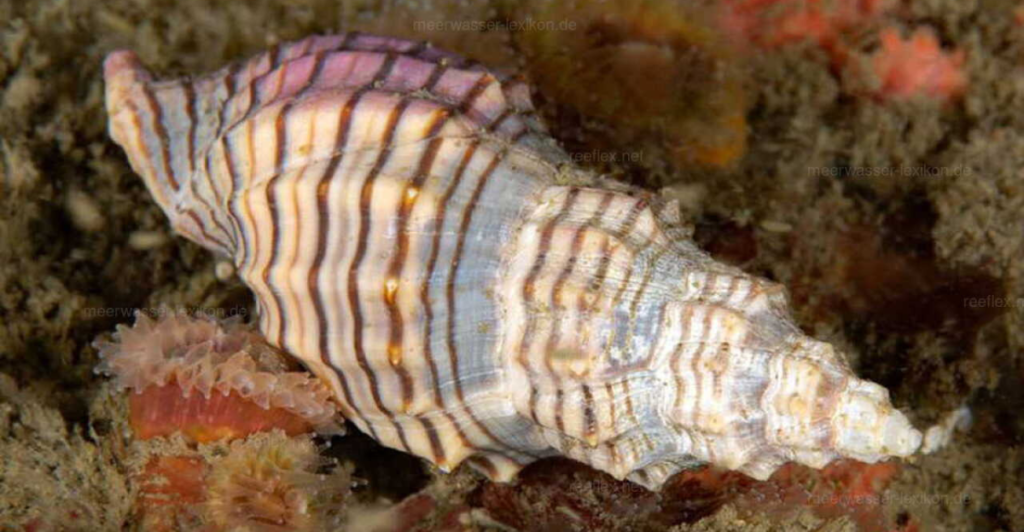
This tiny parasitic sea snail is one of the ocean’s most unexpected vampires. Found in the deep waters of the Indo-Pacific, this snail preys on fish by using a specialized proboscis—a long, tube-like mouthpart—to pierce the skin and suck out blood. Unlike other blood-feeding creatures, Cooper’s Nutmeg relies on stealth and patience, often ambushing its hosts from the seafloor.
10. Oxpecker

While this little bird does eat ticks and parasites off its host’s skin, it also pecks at open wounds, drinking the blood that seeps out. Some researchers believe oxpeckers may keep wounds open longer to prolong their feeding.
11. Candiru
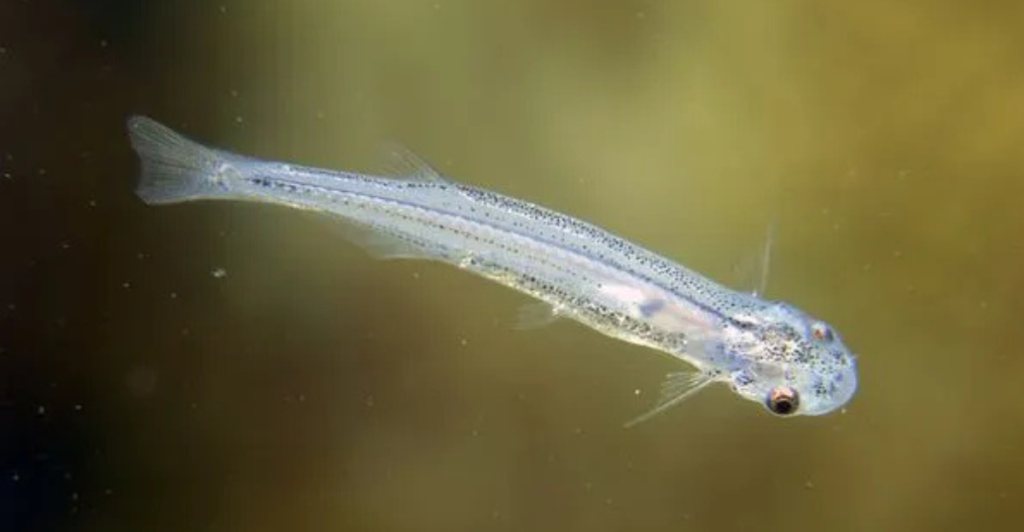
This tiny, eel-like fish is known for its highly specialized and terrifying feeding habits. Often described as a “vampire fish,” the candiru is infamous for its tendency to invade the gills of larger fish, where it feeds on blood by inserting itself into the gill cavities and latching onto the tissues. Though rare, the candiru has gained a notorious reputation for allegedly attacking humans, with some reports claiming it can swim into a person’s urethra.
12. Flea

These wingless insects are adept at jumping long distances, allowing them to quickly leap onto their host, usually a furry animal like a dog, cat, or human. Once aboard, they use their specialized mouthparts to pierce the skin and feed on blood, often causing intense itching and discomfort. Fleas are not only a nuisance but can also transmit various diseases.
Discover more of our trending stories and follow us to keep them appearing in your feed

10 Most Venomous Animals and Where to Find Them
12 Deadliest Sea Creatures – The Most Dangerous Animals in the Ocean
Melting Norwegian Ice Reveals a Treasure Trove of Viking Artifacts
13 Dog Breeds That Will Defend Humans No Matter What
References:
Reference 1
Reference 2
Reference 3
This article first appeared here
Stay connected with us for more stories like this! Follow us to get the latest updates or hit the Follow button at the top of this article, and let us know what you think by leaving your feedback below. We’d love to hear from you!







